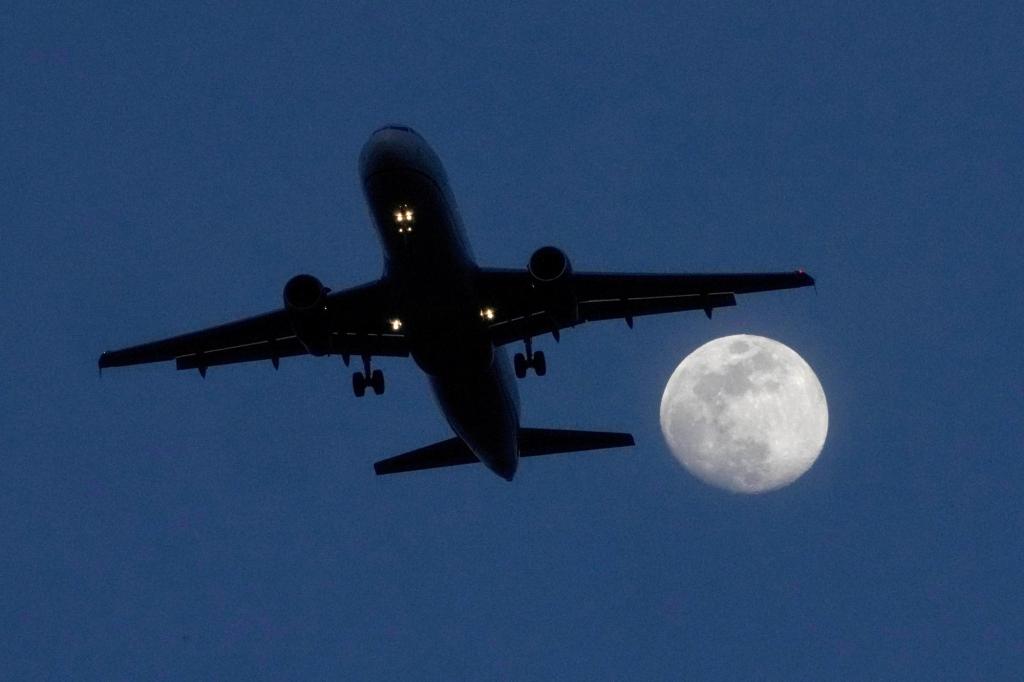By DAVID KOENIG | AP Airlines Writer
DALLAS — It has been 15 years since the last fatal crash of a U.S. airliner, but you would never know that by reading about a torrent of flight problems in the last three months.
There was a time when things like cracked windshields and minor engine problems didn’t turn up very often in the news.
That changed in January, when a panel plugging the space reserved for an unused emergency door blew off an Alaska Airlines jetliner 16,000 feet above Oregon. Pilots landed the Boeing 737 Max safely, but in the United States, media coverage of the flight quickly overshadowed a deadly runway crash in Tokyo three days earlier.
And concern about air safety — especially with Boeing planes — has not let up.
By the simplest measurement, the answer is no. The last deadly crash involving a U.S. airliner occurred in February 2009, an unprecedented streak of safety. There were 9.6 million flights last year.
The lack of fatal crashes does not fully capture the state of safety, however. In the past 15 months, a spate of close calls caught the attention of regulators and travelers.
Another measure is the number of times pilots broadcast an emergency call to air traffic controllers. Flightradar24, a popular tracking site, just compiled the numbers. The site’s data show such calls rising since mid-January but remaining below levels seen during much of 2023.
Emergency calls also are an imperfect gauge: the plane might not have been in immediate danger, and sometimes planes in trouble never alert controllers.
The National Safety Council estimates that Americans have a 1-in-93 chance of dying in a motor-vehicle crash, while deaths on airplanes are too rare to calculate the odds. Figures from the U.S. Department of Transportation tell a similar story.
“This is the safest form of transportation ever created, whereas every day on the nation’s roads about a 737 full of people dies,” Richard Aboulafia, a longtime aerospace…
Read the full article here







